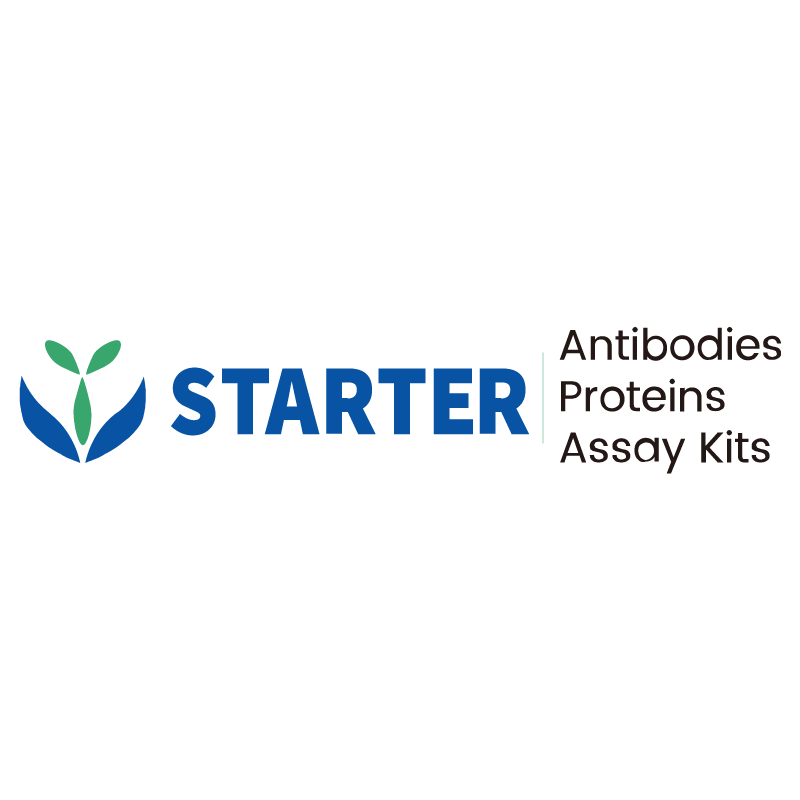Flow cytometric analysis of human PBMC (human peripheral blood mononuclear cell) labelling Human CD203c antibody at 1/200 (1 μg) dilution/ (Right panel) compared with a Mouse IgG1, κ Isotype Control / (left panel). Goat Anti-Mouse IgG Alexa Fluor® 647 was used as the secondary antibody. Then cells were stained with CD123 - FITC antibody separately.
Product Details
Product Details
Product Specification
| Host | Mouse |
| Antigen | CD203c |
| Synonyms | Ectonucleotide pyrophosphatase/phosphodiesterase family member 3 ; E-NPP 3; NPP3; Alkaline phosphodiesterase I; Dinucleoside polyphosphatase; Nucleotide diphosphatase; Nucleotide pyrophosphatase (NPPase); Phosphodiesterase I beta (PD-Ibeta); Phosphodiesterase I/nucleotide pyrophosphatase 3; PDNP3; ENPP3 |
| Location | Secreted, Cell membrane |
| Accession | O14638 |
| Clone Number | S-2916 |
| Antibody Type | Mouse mAb |
| Isotype | IgG1,k |
| Application | FCM |
| Reactivity | Hu |
| Positive Sample | Human PBMC |
| Purification | Protein G |
| Concentration | 2 mg/ml |
| Conjugation | Unconjugated |
| Physical Appearance | Liquid |
| Storage Buffer | PBS pH7.4 |
| Stability & Storage | 12 months from date of receipt / reconstitution, 2 to 8 °C as supplied. |
Dilution
| application | dilution | species |
| FCM | 1:200 | Hu |
Background
CD203c, also known as ectonucleotide pyrophosphatase/phosphodiesterase-3 (E-NPP3), is a type II transmembrane protein belonging to the ectonucleotide pyrophosphatase/phosphodiesterase family. It is specifically expressed on basophil-committed progenitor cells and mature basophils, and to a lesser extent on tissue mast cells. CD203c is rapidly upregulated on the cell surface upon basophil activation, such as through cross-linking of the IgE receptor, making it a valuable activation marker for these cells. It plays a role in regulating the inflammatory response by hydrolyzing ATP, which helps suppress chronic allergic inflammation. Additionally, CD203c has been identified as a potential biomarker for basophilia in diseases like chronic myeloid leukemia (CML), where its expression levels correlate with disease severity and treatment response.
Picture
Picture
FC


